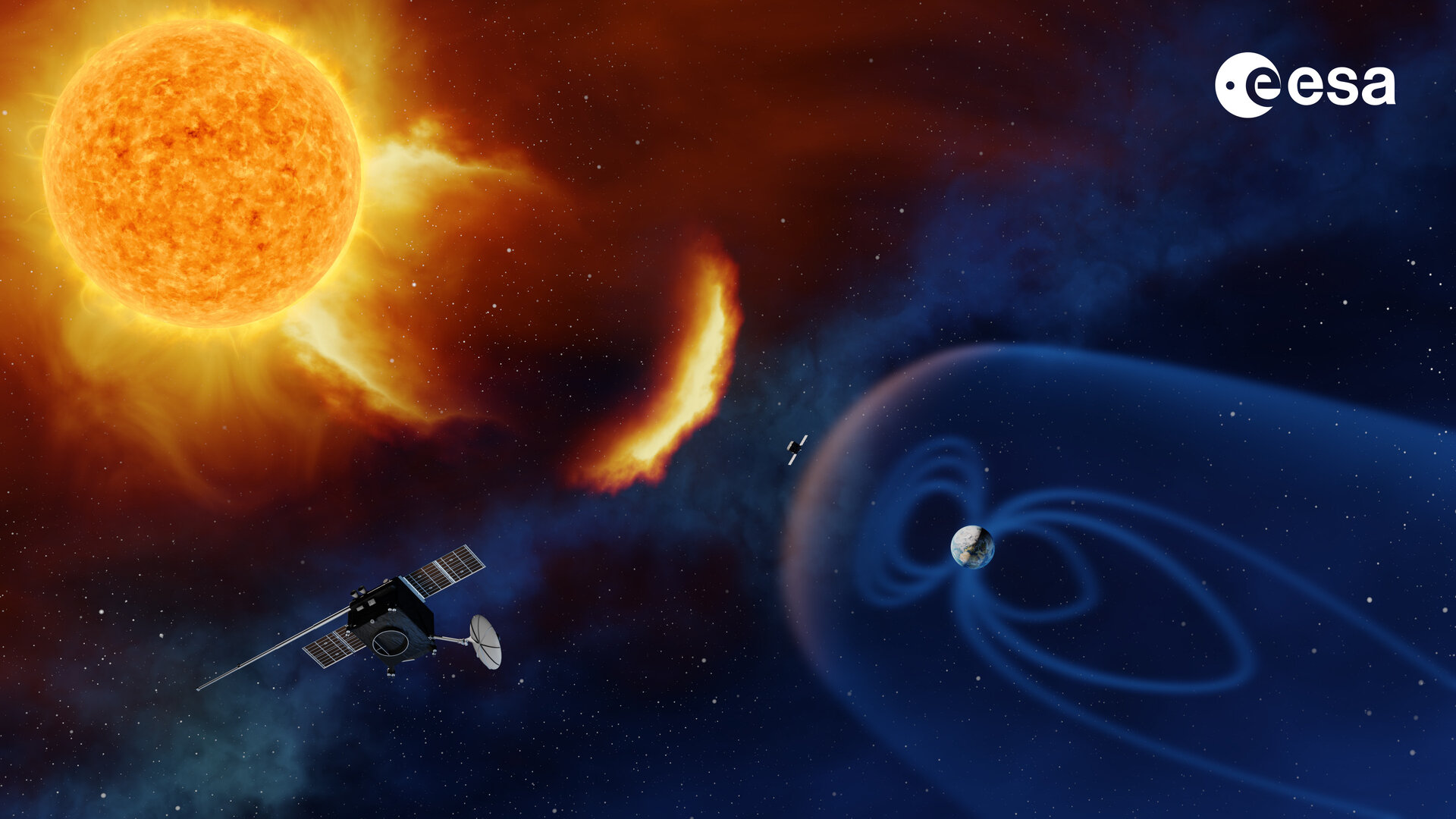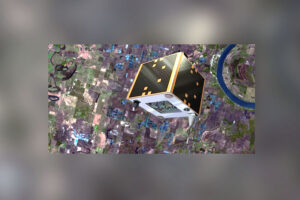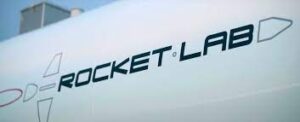Everything you Need to Know about Elecnor Deimos LAGRANGE Mission
2nd Mar 2021
The European Space Agency collaborates with several companies to monitor space and solar activity, which is exactly what Elecnor Deimos Lagrange Mission is about. Weather in outer space, namely solar activity, affects unmanned and manned space flights and can also have a negative impact on the Earth. In 2018, the European Space Agency (ESA) proposed a series of special missions – Lagrange to gain the necessary knowledge of space events. Elecnor Deimos Group, specializing in design, information systems, aerospace solutions development, is taking part in one of those missions.
Elecnor Deimos LAGRANGE Mission
It is necessary to observe solar phenomena not only from the Earth but also far beyond it. The ESA concept is to go to space and place spacecraft at the Lagrange points – L1 and L5. This way, the vehicles will have a stable location, while the gravitational forces at these orbit points will ensure lesser fuel consumption.
The location of the Lagrange point L1 makes it possible to obtain information about the speed, temperature, pressure, and density of the solar wind heading towards the Earth. The spacecraft can receive data on the direction and strength of the magnetic field between the planets.
Spacecraft located at L1 orbit will track the sun, or rather the flares on it, and the coronal mass ejection. Research equipment located at the L5 point will observe the emissions from the side, offering data on the ejected masses’ speed and direction.
Elecnor Deimos is in charge of the Lagrange L5 mission.
Elecnor Deimos Lagrange Mission
Lagrange L5 Sun-Earth (SEL5) point is the most suitable place for an observation post to monitor phenomena occurring on the Sun. Spacecraft, located at this equilateral point, encounters various external, constant and dynamic conditions that provide useful information. This is why the European Space Agency selected L5 for its 2023 mission.
Deimos Space UK division has set the following tasks:
- Supplement the measurements of the spacecraft operating in the L1 zone with information obtained from the side.
- Observe solar phenomena.
- Investigate the interplanetary transition to L5 – measuring the 60-degree phase trajectory in the Earth’s orbit around the Sun.
The LAGRANGE mission plans to study different trajectories. Trajectory choice will depend on the total length of the research to justify the fuel costs. Continuous monitoring of solar activity and other space phenomena will help predict when and how they will affect the Earth, its people, settlements, and the space industry infrastructure.
The European Space Agency plans to launch Lagrange 1 and Elecnor Deimos LAGRANGE mission within the coming years, once the necessary funding is secured.






Thank you for your comment! It will be visible on the site after moderation.